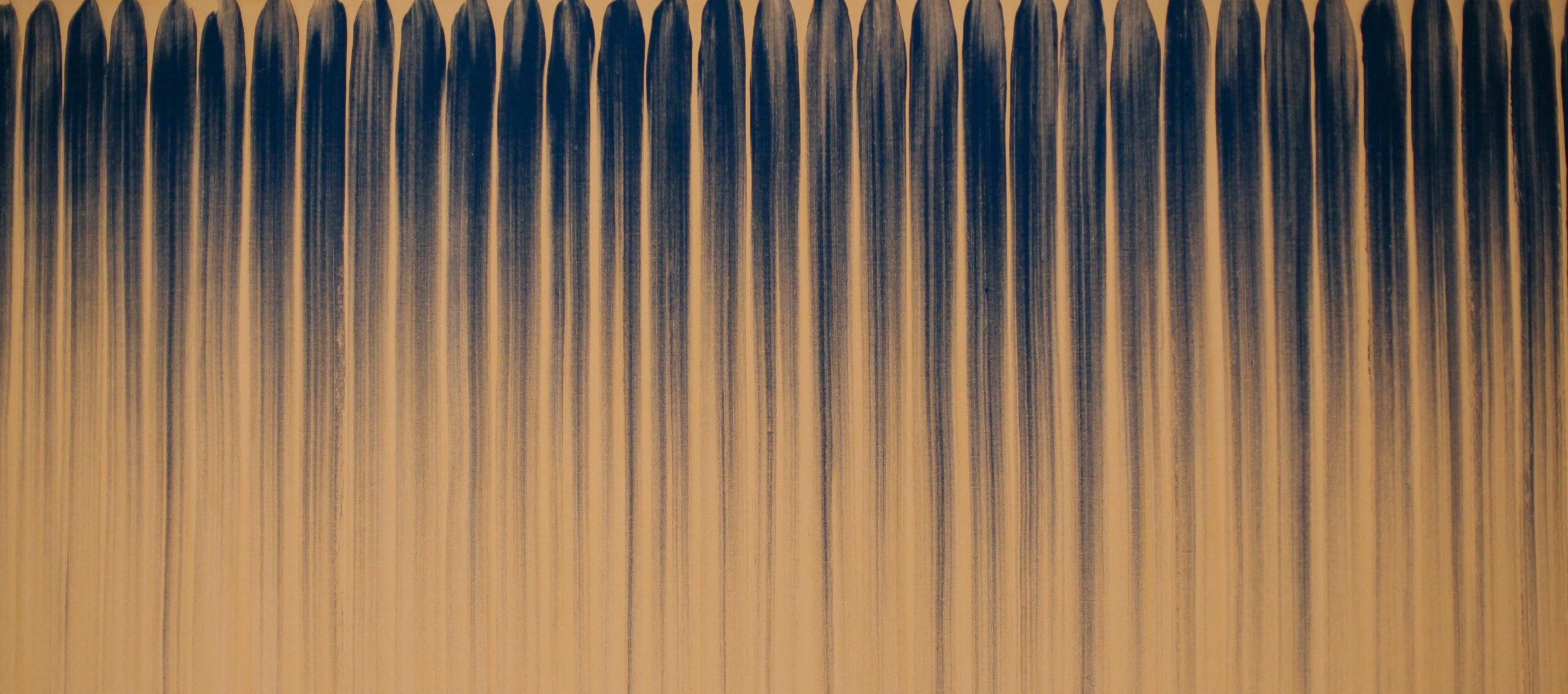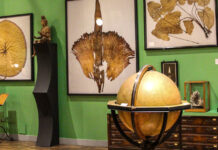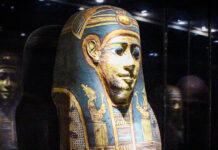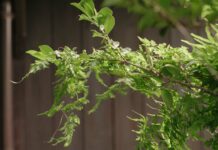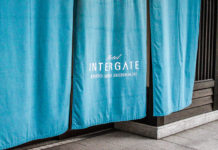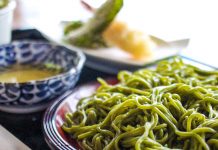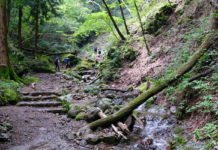Fukuoka Asian Art Museum was created in 1999, with the intention of offering a wider-reaching platform for artists from all parts of Asia. The worlds of both classical and contemporary art often focus primarily on art produced by Western artists, centring Western ‘art culture’ as the yardstick against which all other art is measured.
‘Art’ is a big concept. The boundaries between art and science, art and design, and art and commerce are always blurred. ‘Art’ can also be read differently, depending on who is producing it. Artists in the West are more commonly afforded the socio-political safety in which to make art that satirises, provokes and condemns; usually without fear of reprisal. However, Asian artists aren’t guaranteed such safety in art-making, and can risk the wrath of political or religious establishments in response to their works. ‘Art’ is different when its making may cost you your freedom, or even your life. Fukuoka Asian Art Museum seeks to acknowledge this reality, and often showcases current and recent works which were created at great risk to their makers.
This article offers an updated look at the museum’s new offerings in 2023-2024. Separately from the museum space displaying works from the permanent collections, Fukuoka Asian Art Museum has a special hall for short-term exhibitions. At the time of visiting, in November 2023, this hall was hosting the ‘Minamata Disease Exhibition.’
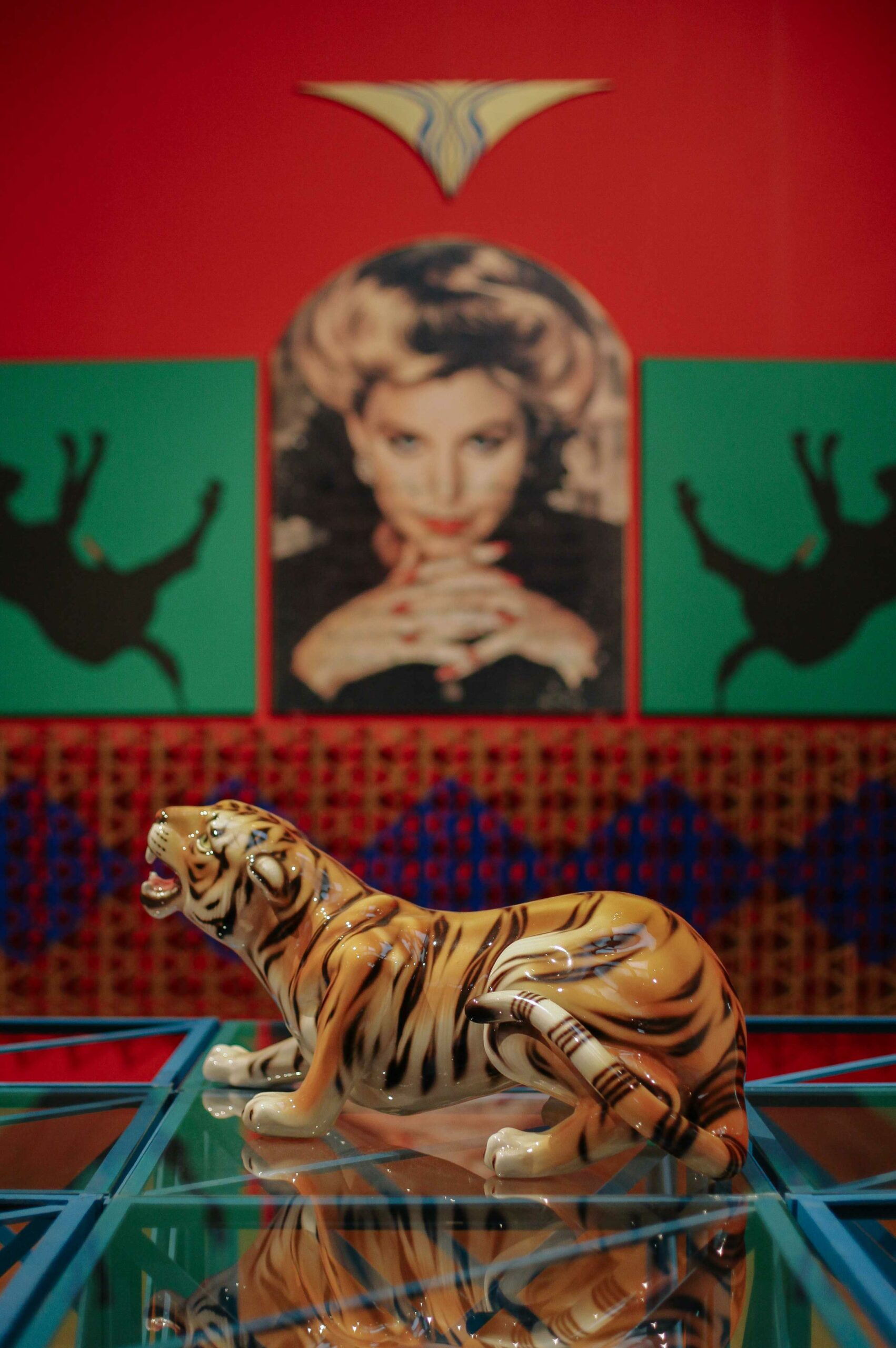
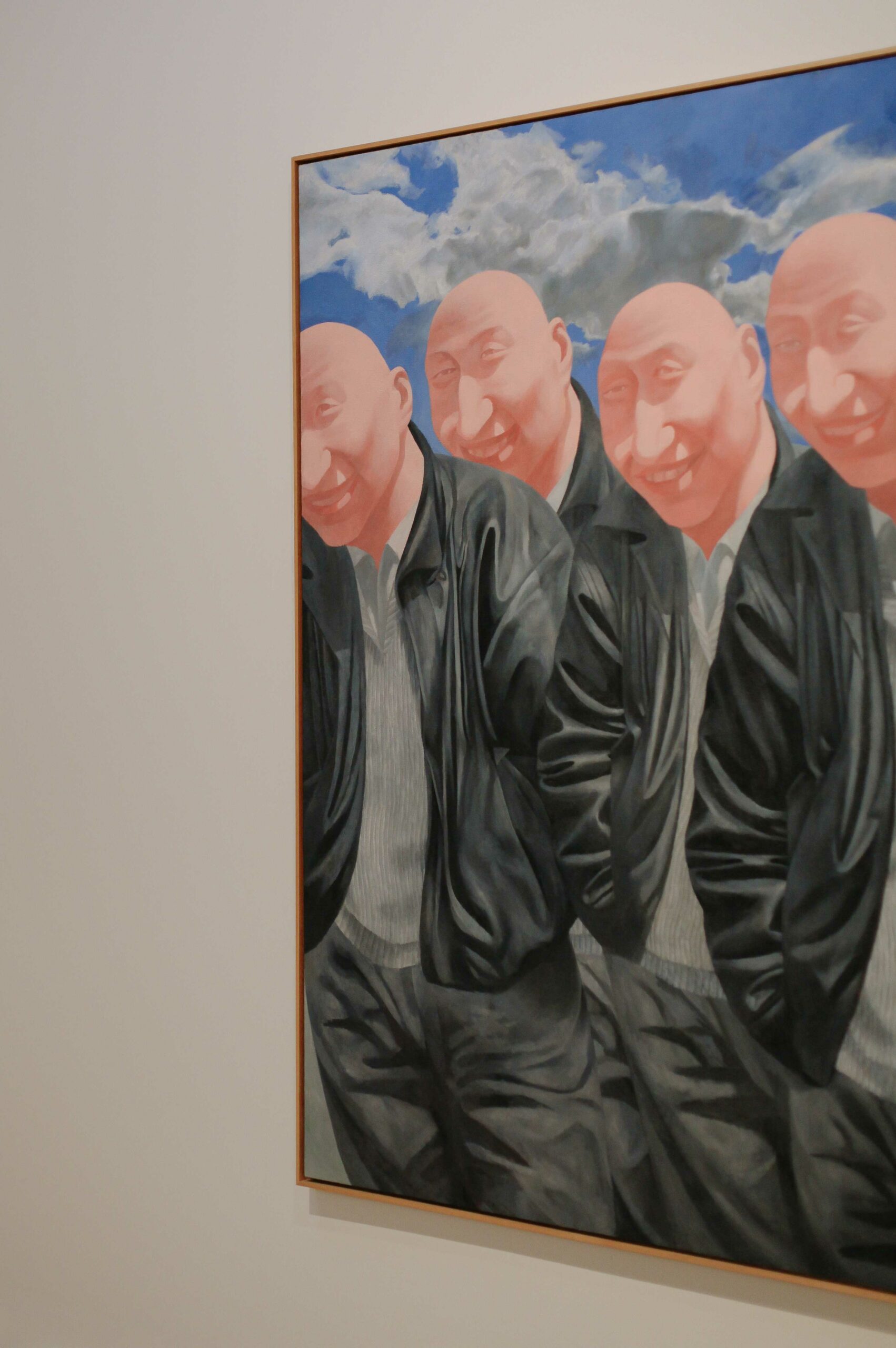
The Minamata Disaster was, and remains, the most harrowing series of events in Japan’s postwar history. The mass poisoning of humans and animals by industrial mercury in Kumamoto’s Minamata Bay defies description in words alone, as does the shameful response to the disaster by both local and national governments. However, there are photographs. Images in their thousands, which stand testament to the scale and far-reaching consequences of the disaster.
An American photographer named William Eugene Smith travelled to Japan in 1971, in order to document this disaster. Doing so afforded Smith with a degree of fame, and the kind of praise which is so commonly bestowed upon Western photographers inserting themselves into crisis-struck communities to which they have no prior connection. The Minamata Disease exhibition at the Fukuoka Asian Art Museum created a large-scale installation that featured many of Smith’s images, while actively not centering Smith as the narrative force behind the story. The photographs were collected along with physical artefacts from Minamata Bay: paper ephemera, letters, fishing nets and lures, documentary images, and family photographs. For English speakers, a flawlessly-translated exhibition booklet was included with the ticket price, detailing each section of the exhibition with clear explanations.
This powerful exhibition’s success was testament to the conviction and sensitivity of the Fukuoka Asian Art Museum’s curatorial team. The hall was overflowing with visitors on a Tuesday morning, which is not the norm for gallery spaces in Japan. People stood in darkened corners and quietly wept under the gaze of the poisonous mercury’s victims; row upon row of formal portraits, identification documents, and hand-drawn sketches of those who were never photographed.
Due to intellectual property rights existing on all of the exhibition’s contents (including supplementary pamphlets), nothing could be photographed for this article. However, taking the time to read further into the Minamata Disaster is a worthwhile pursuit. It remains a key event in understanding the fallout of rapid industrialisation and disregard for nature and life by industries who are so keen to see profits at any cost.
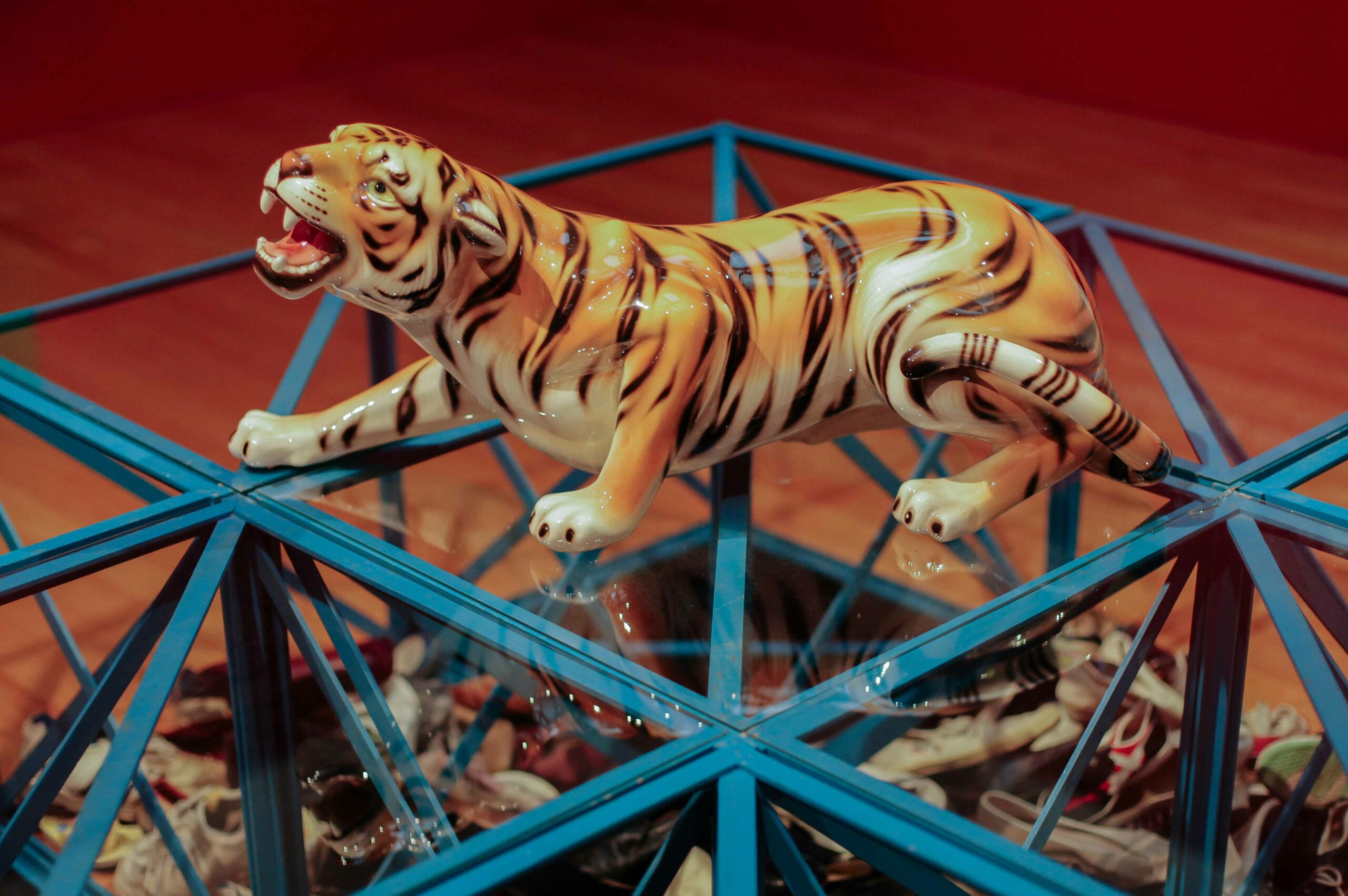
In the dedicated museum space, opposite the exhibition hall, was the ‘Fukuoka Asian Art Museum – Best Collection’ exhibition. Currently running until April 2024, the exhibition selected ten works by artists from across Asia, in a wide-ranging showcase of contemporary Asian art. Perhaps the most exciting acquisition was Lee Ufan’s From Line (1977). Ufan was an early proponent of the South Korean ‘Dansaekhwa’ art movement, which favoured minimalistic works using multiple layers of only one or two colours. It’s the second painting on display in Fukuoka Asian Art Museum’s ‘Best Collection’, and is splendid to behold in person, and at its original scale.
Visitors to the ‘Best Collection’ exhibit are first greeted by a crowd of pink, leering faces: the creations of Chinese painter Fang Lijun. Fang’s works often feature his own face, wearing an expression that’s best described as a ‘patronising grin.’ At first, the message makes no sense, but Fukuoka Asian Art Museum’s curatorial team has taken great care to explain the context of all of the works in the ‘Best Collection’ in a manner that’s easy to understand (and written in both Japanese and English). Fang’s army of smirking men signal his distaste for the government of the People’s Republic of China; a bold move, as his featured painting was made in 1992, only three years after the Tiananmen Square massacre of 1989.
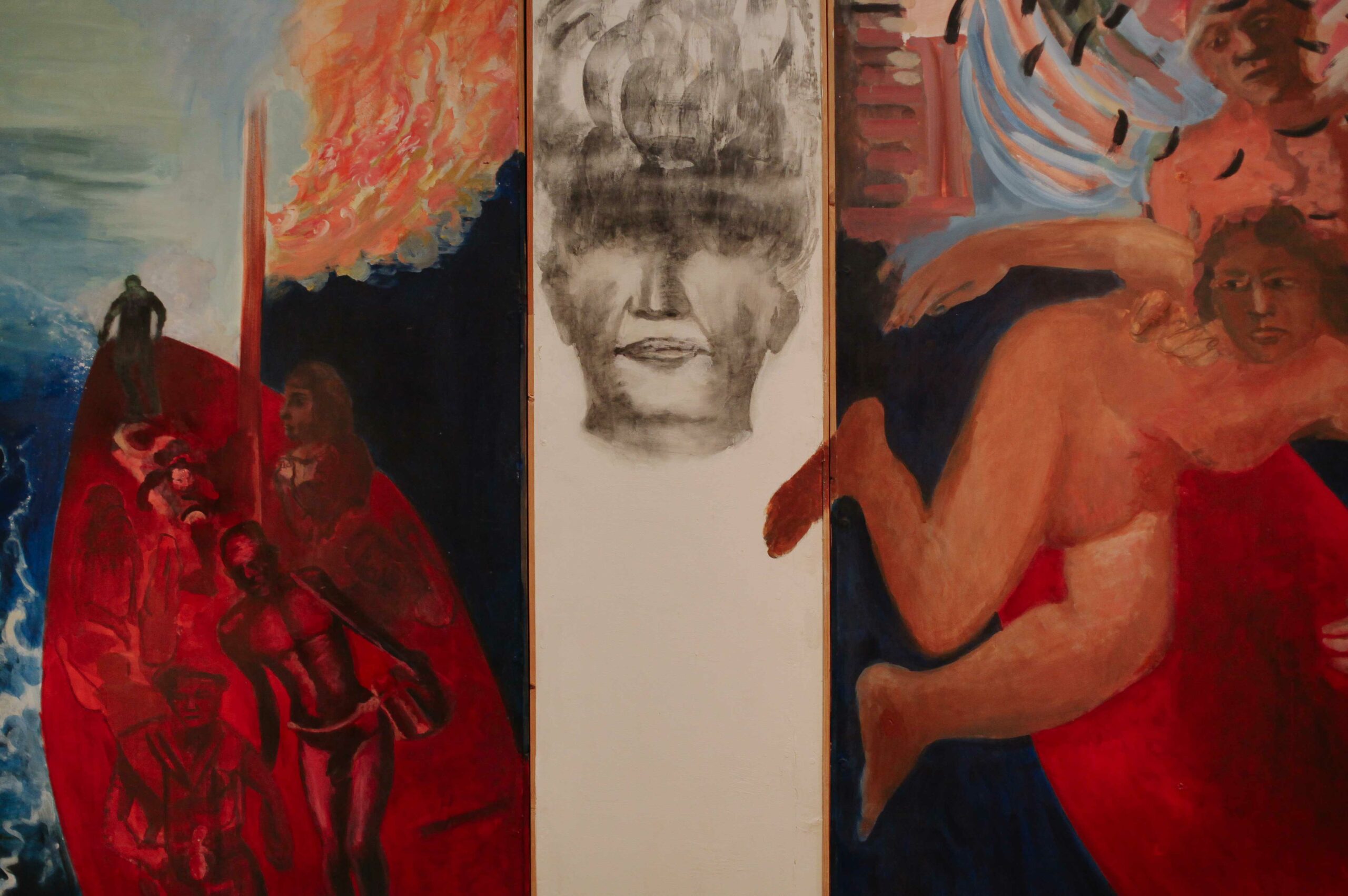

Further into the exhibition, visitors encounter ‘Tigris’ (1992), by Pakistani multimedia artist Rasheed Araeen. The work is a vibrant scaffold structure, topped with a stylised porcelain tiger. The work’s impact is doubled when viewed in alignment with Araeen’s wall-mounted photographic works.
Moving through the exhibition, visitors come face-to-face with installations of spectacular scale; this wing of the Fukuoka Asian Art Museum is lofty and spacious, giving the works the negative space required to appreciate their presence. The selection includes ‘Spawn’ (2003) by Chinese artist Lin Tianmiao, who works in large-scale installations, frequently making use of textiles.
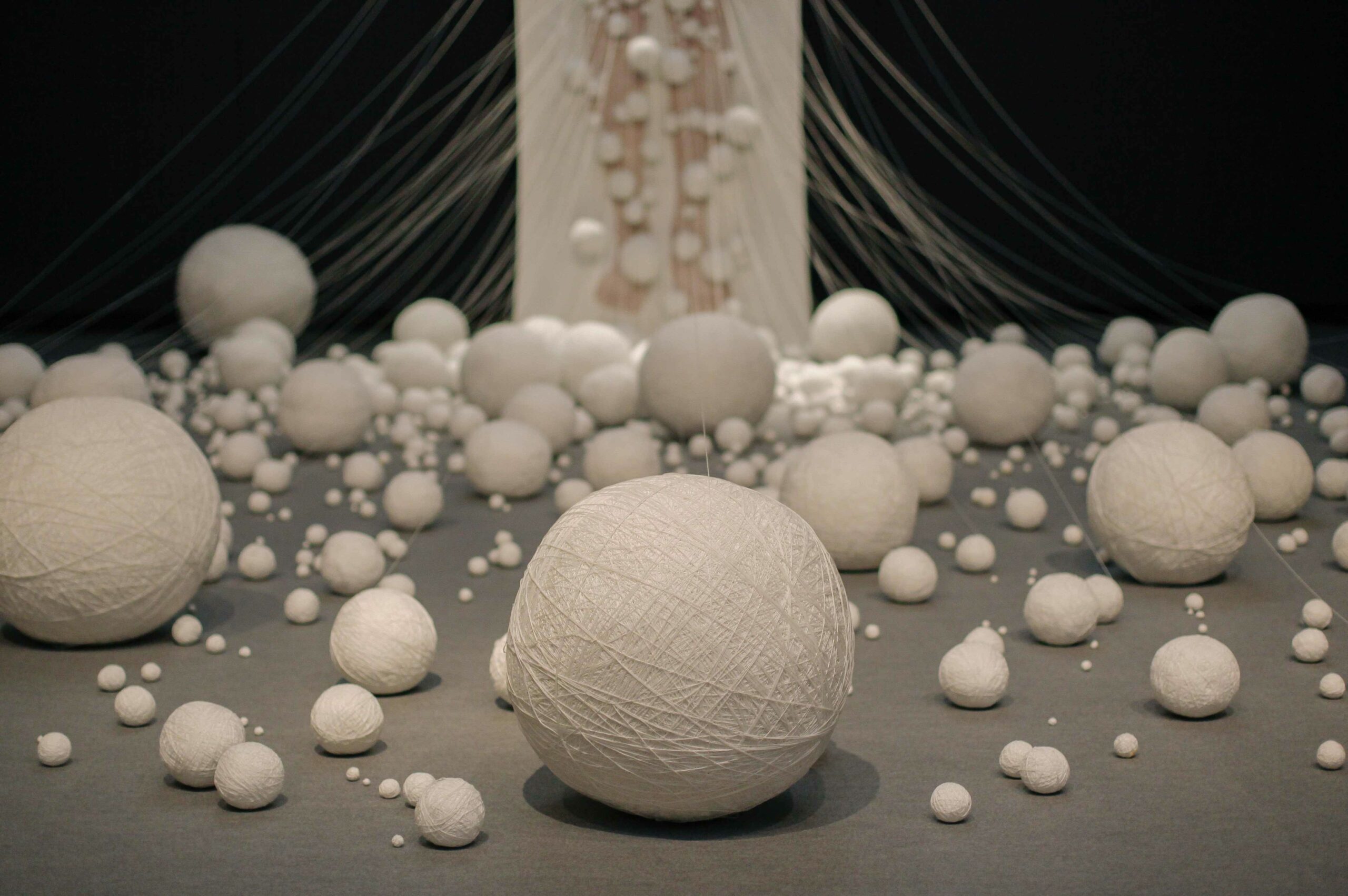
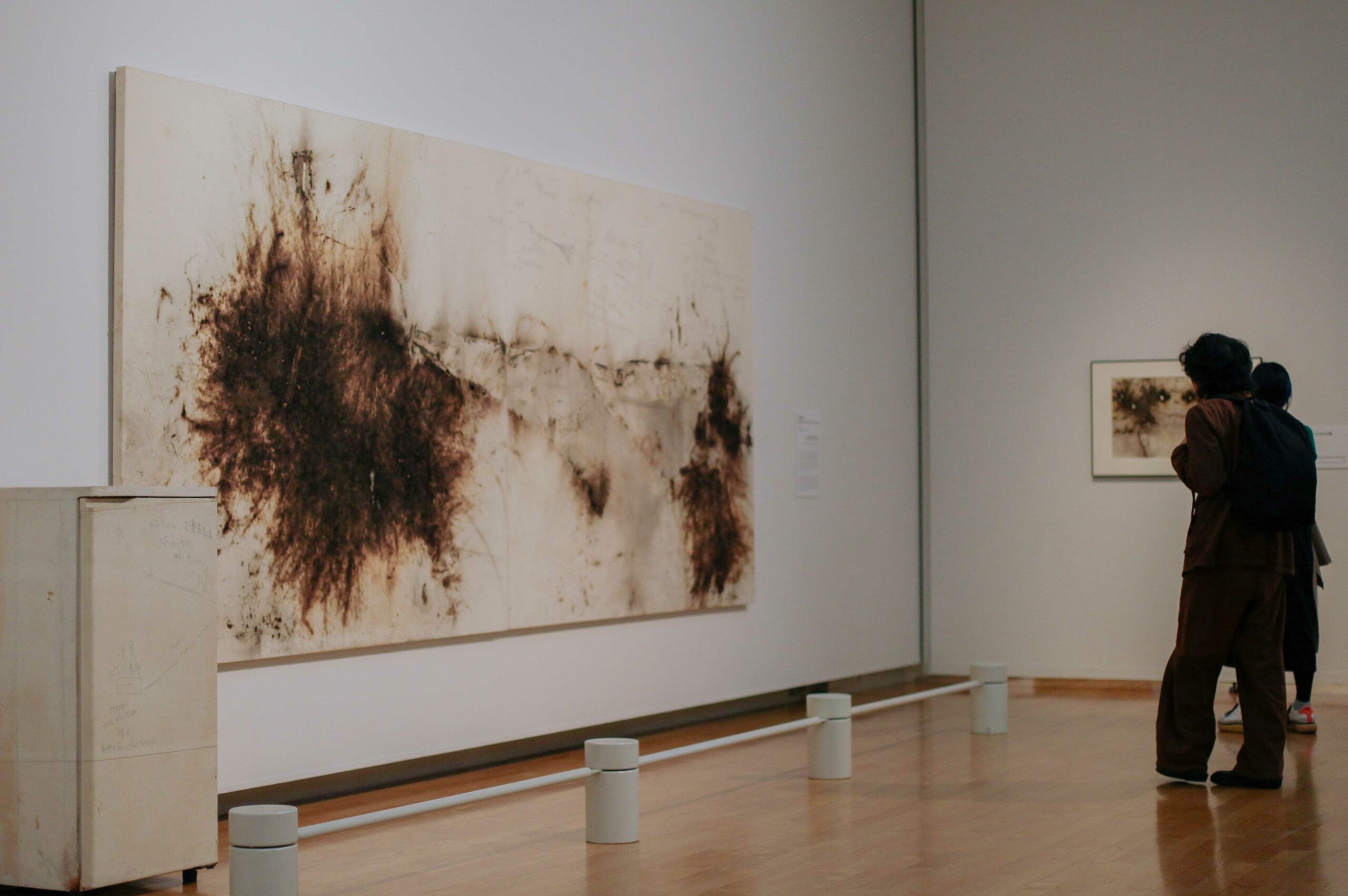
Lin Tianmiao’s long balls of twine stand opposite a series of two-dimensional works by Cai Guo-Qiang, another Chinese artist, who could arguably be described as more of a ‘pyrographer’ than ‘painter.’ His works in the ‘I am an Extraterrestrial’ series are actually scorch-marks left by gunpowder explosions on canvas. The results are beautiful burned hues on a tea-coloured background, impressive enough to make you want to try something similar at home (wearing gloves, near a water source).
Here, also, is the peculiar hanging installation named ‘Chrysalis’ (2000) by South Korean artist Lee Bul. The white work is installed against white walls, which lacks the benefit of the dynamic lighting used to illuminate the work in previous exhibitions – it’s far more atmospheric when picked out in electric blue in an otherwise dark room.
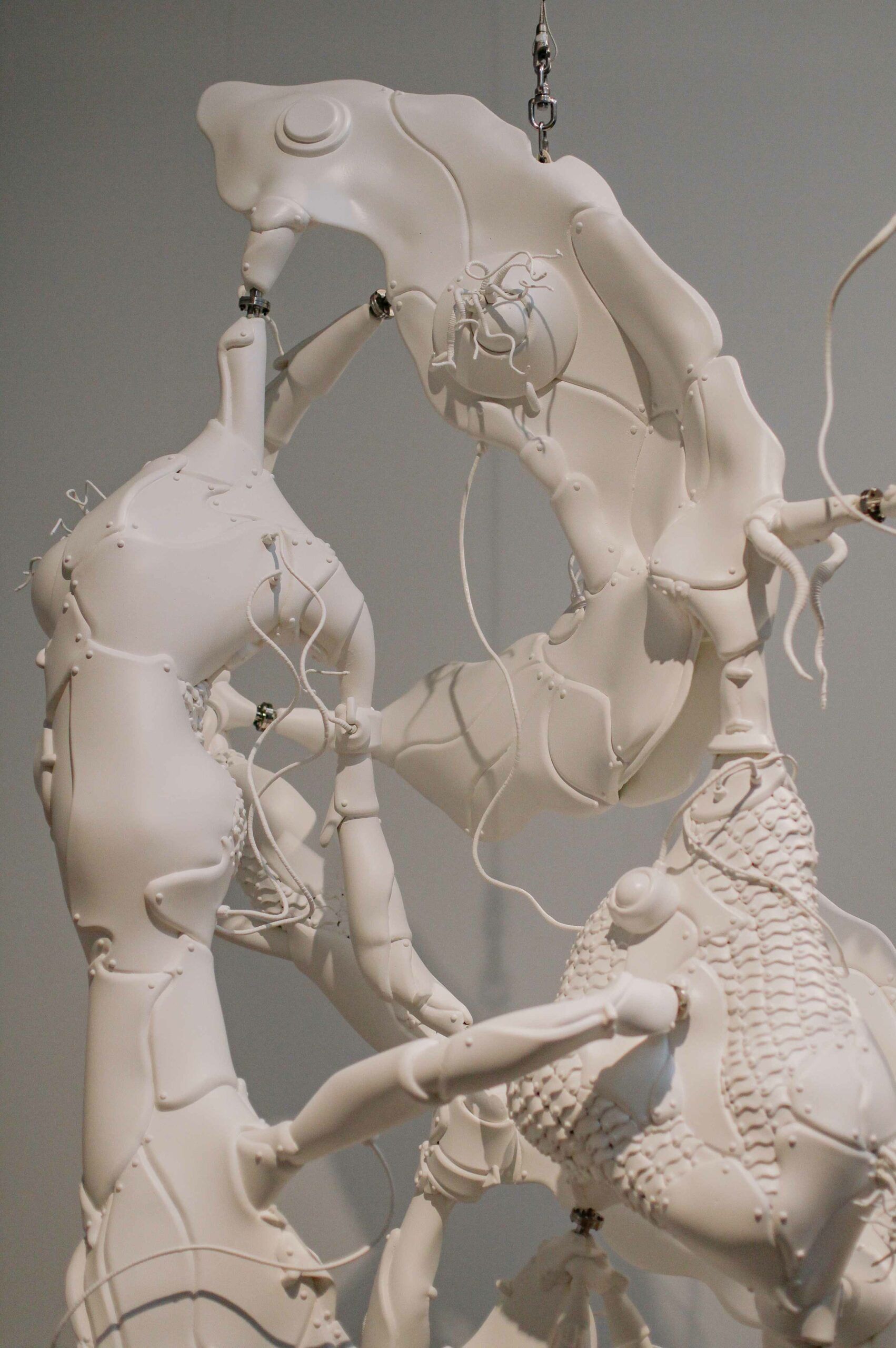
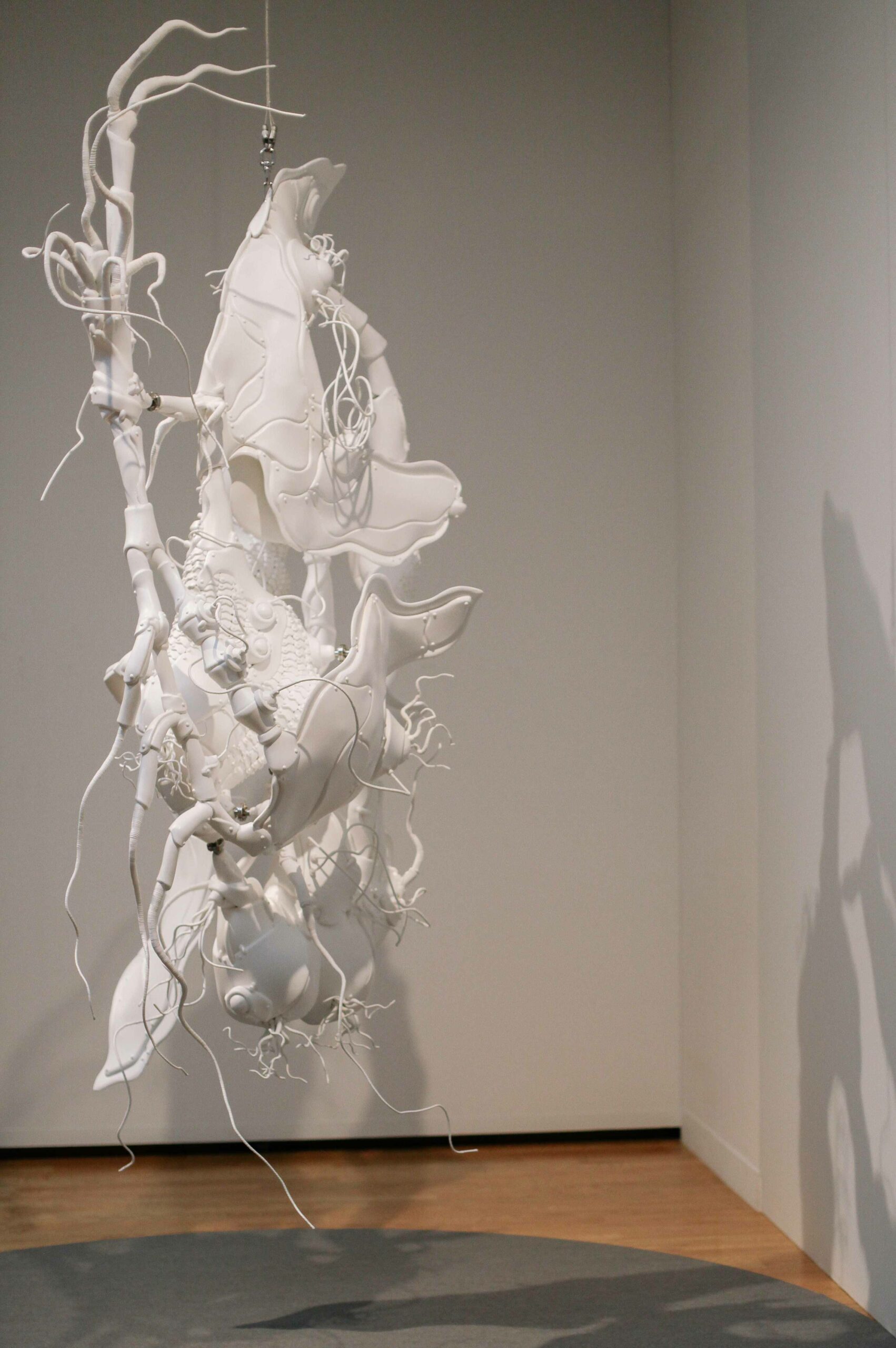
Around the corner, towards the end of the exhibition hall, visitors come face to face with the impactful work of Indian artist N. N. Rimzon, who has used a form of figurative statue familiar to both Hindus and Buddhists throughout Asia. Fukuoka Asian Art Museum has selected ‘Inner Voice’ (1992) to represent Rimzon’s contribution. Here, a naked figure stands with his back against the wall, surrounded by a semicircle of short-swords, all pointing towards him. The work reflects Rimzon’s experience of growing up during India’s political upheavals of the 1970s and 80s; he laments that humans have created a self-sustaining arena of suffering, in which they are now trapped.
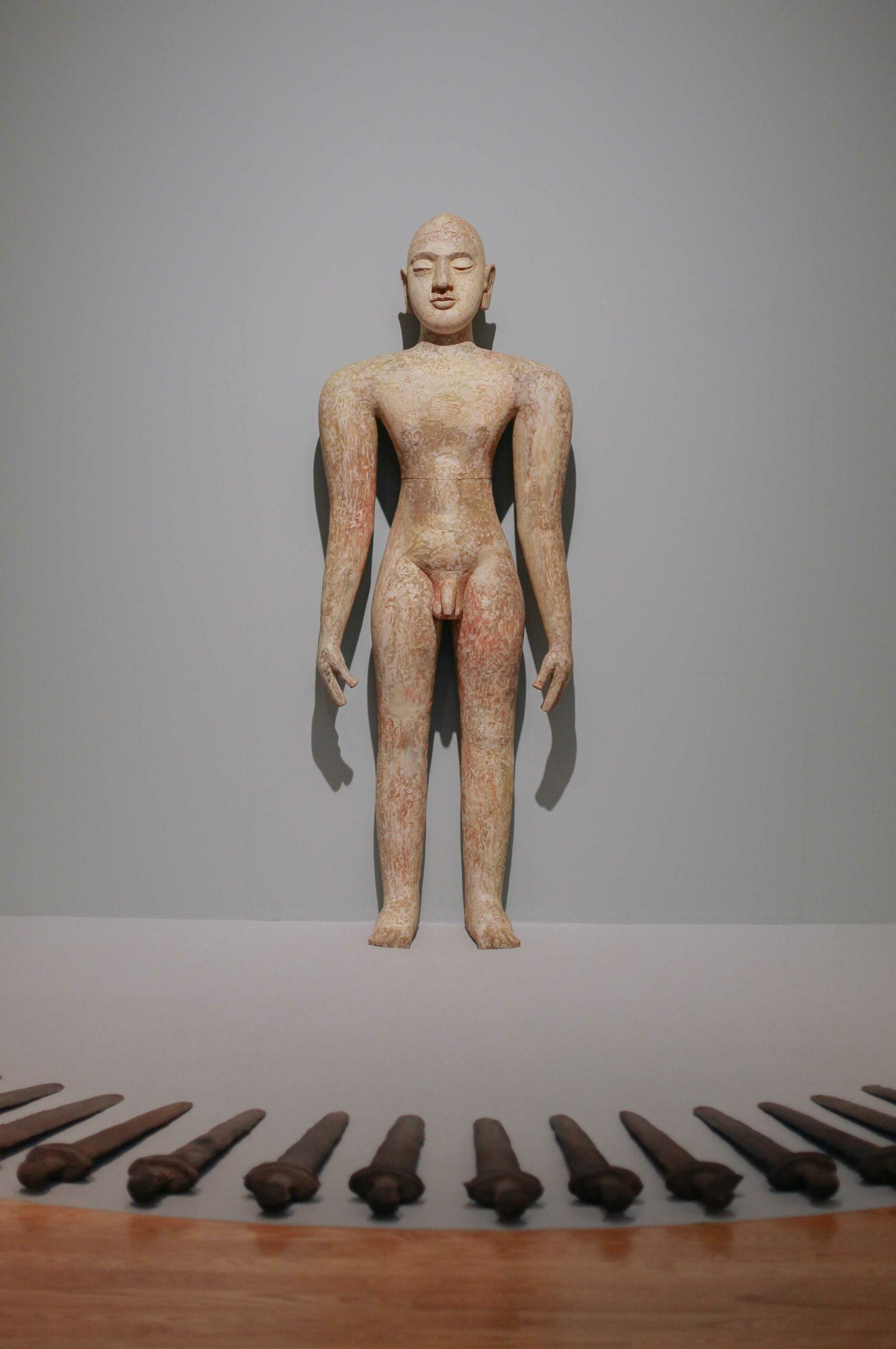
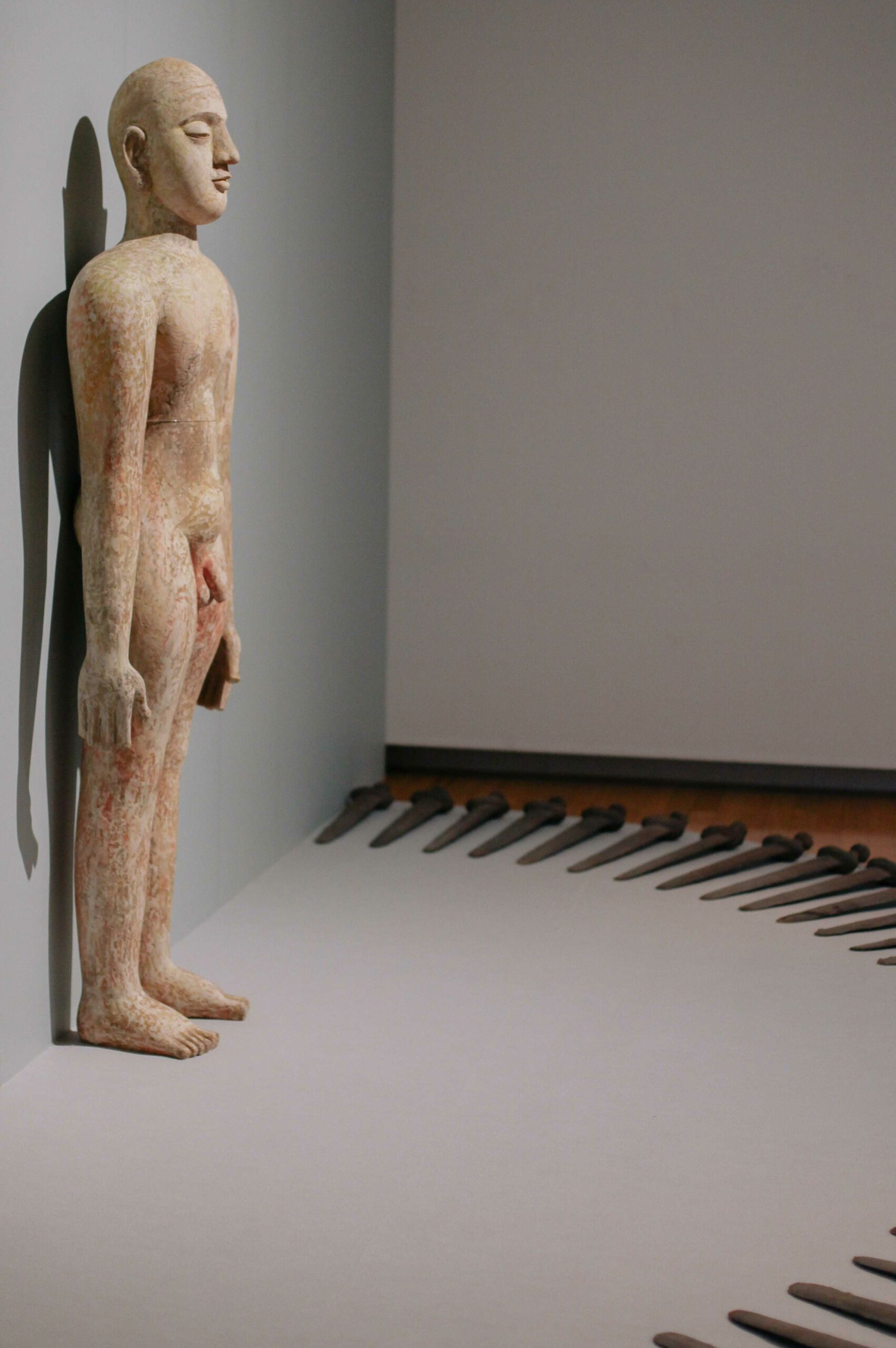
Teamed with Fukuoka Asian Art Museum’s ‘Best Collection’ exhibition was a secondary show, made up of selected works from the museum’s permanent collection of young Asian artists. It was titled ‘Art and Environment – Living in the Anthropocene.’ The dawning of the ‘Anthropocene’ is currently a hot topic among environmentalists, and is frequently the focus of ‘ecological art.’ However, the climate crisis is commonly viewed through the lens of the western world, when it’s arguably developing nations in Asia that bear the brunt of the ecological fallouts of climate change and rampant pollution.
In this smaller, adjoining exhibition, a selection of works showcases the responses of Asian artists to ecological matters directly related to their own cultures. The works touch on the extinction of the white rhinoceros to make ‘tonics’ in traditional Chinese medicine, and the mass destruction of plant and animal life in Philippine and Indonesian jungles, owing to the rapacious desire for palm oil.

The exhibitions at Fukuoka Asian Art Museum are a blend of special events, and a rotation of items from the museum’s permanent collection. The shows always feature work by Asian artists that is thought-provoking and relevant to contemporary issues, and it’s genuinely a ‘must-visit’ location in Fukuoka city.
Beyond the changing exhibitions, the museum also features a gift shop selling artist prints and handmade items. There is also an extensive library housed in the towering central atrium. This offers an ideal chance to sit down with your favourite artist’s previous publications, which are often created in limited runs and can be hard to find in general markets. It’s a perfect day for any curious mind.
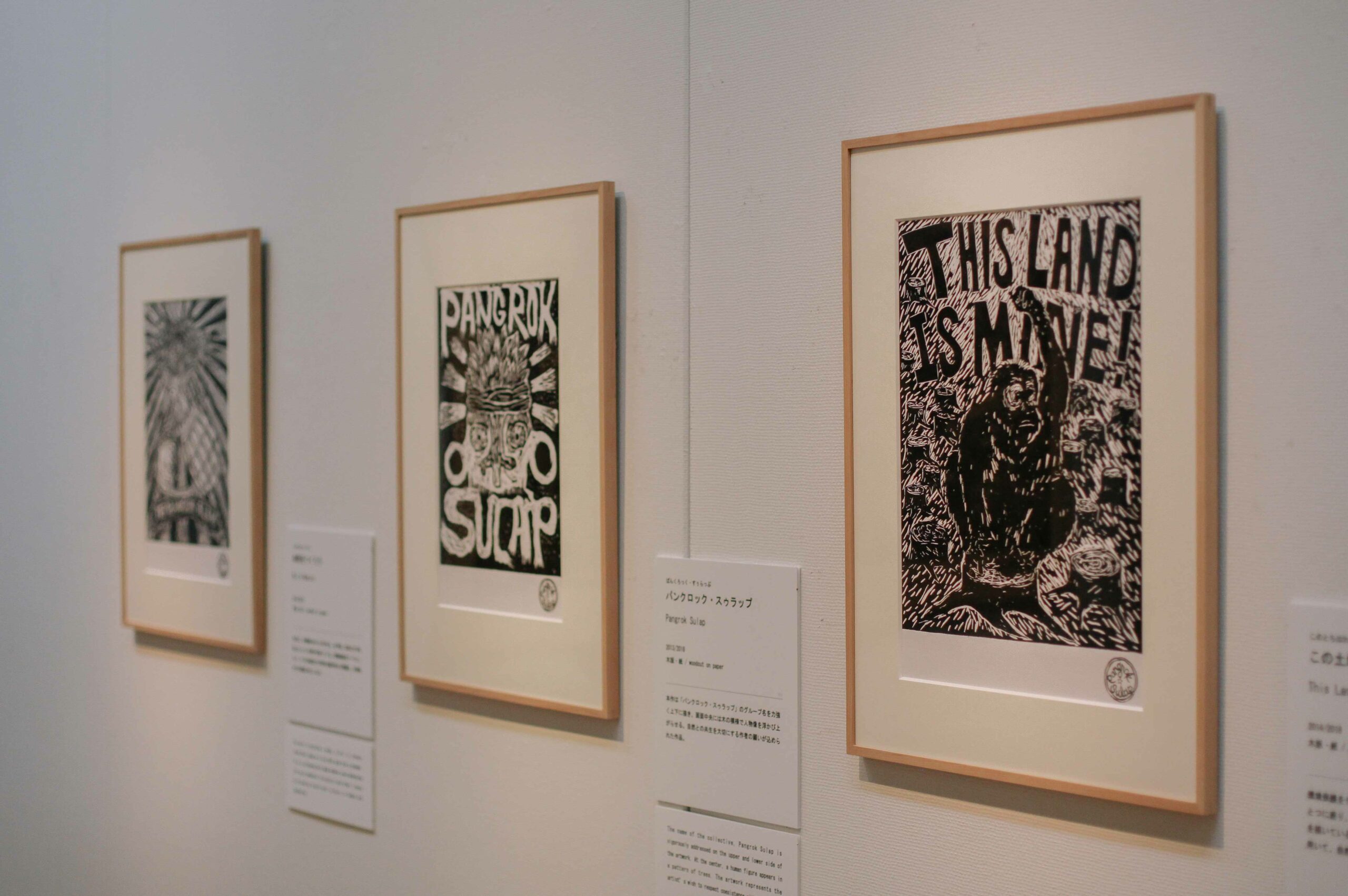
Access: The most convenient train station is ‘Fukuoka Tenjin.’ From here, it’s about a 10 minute walk to the Fukuoka Asian Art Museum, following this route.
Name: Fukuoka Asian Art Museum
Address: 7 & 8th Floor, Riverain Center Bldg, 3-1 Shimokawabata-machi, Hakata-ku, Fukuoka City, Japan.
Gallery Opening Hours: 9:30am – 6:00pm (until 8:00pm on Fridays and Saturdays). Last admission is always 30 minutes before closing time.
Museum Opening Hours: 9:30am – 7:30pm (until 8:00pm on Fridays and Saturdays). Last admission is always 30 minutes before closing time.
Admission: Around ¥1000 – 1200, dependent on exhibition.
Website: https://faam.city.fukuoka.lg.jp/en/
Post by Japan Journeys.



